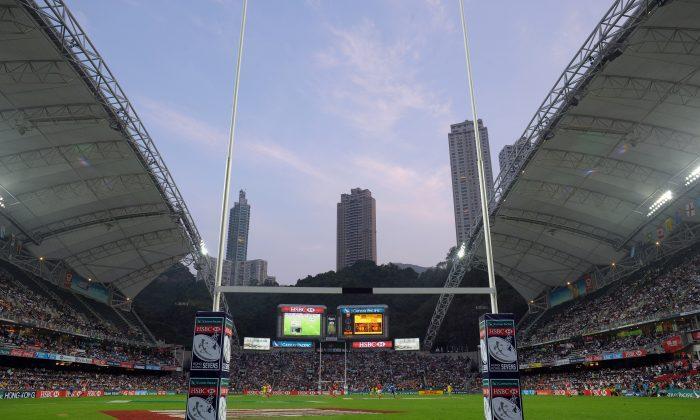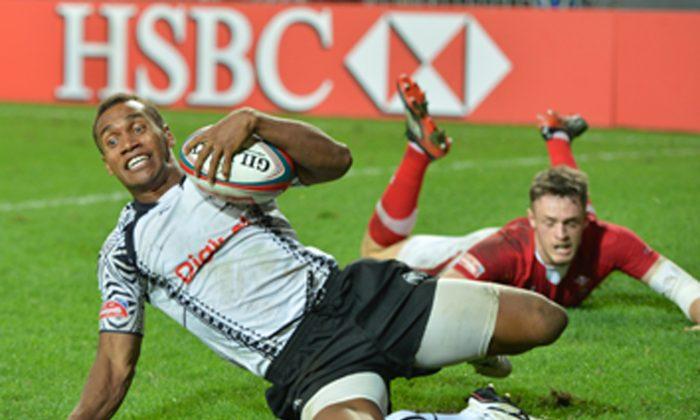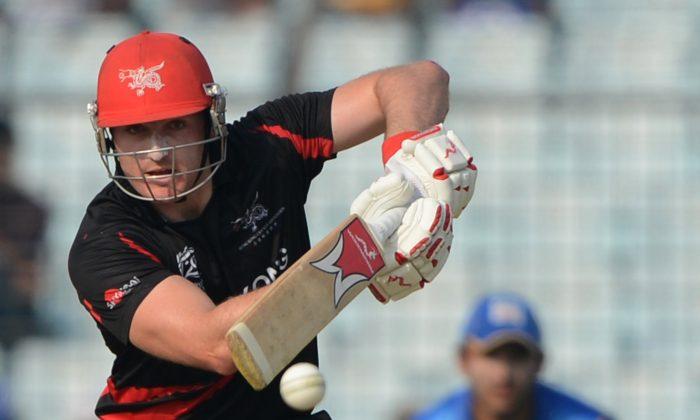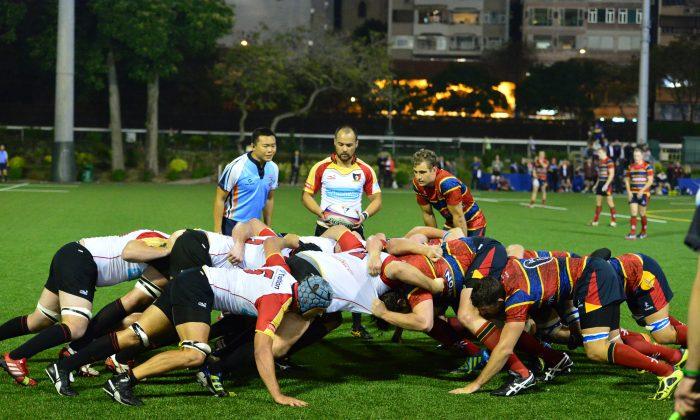The 2008 Australian Football League season may have finished in September, but there’s been plenty of news in the lead-up to the National Draft on November 29 and Pre-season Draft in December.
And to satiate those suffering withdrawal symptoms from on-field footy action, there is the International Rules Series against Ireland at Subiaco Oval in Perth on Friday October 24 (6.30pm AWST, check local TV guides for national broadcast times) and at the MCG in Melbourne on October 31.
Fixtures for 2009, expansion plans, retirements, delistments, coaching and administrative appointments, draft talk, trades, free agency for long-serving players and proposed rule changes have kept the oval ball bouncing as unpredictably as always.
Trade Week earlier this month saw only six players relocate to other clubs by mutually agreeable arrangements, with several other deals tabled, but not coming to fruition.
One such player is Sydney’s Ryan O’Keefe, who was aiming to return to his home city to be closer to his family despite being a required player by the Swans. When trade deals with Carlton and Hawthorn were thwarted, his two options were to nominate for the Pre-season Draft (where players out of contract can find new clubs) or stay with the Swans. Entering the Pre-season Draft was a risky option – woodenspooners the Melbourne Football Club will have first selection ahead of Fremantle, West Coast and Port Adelaide with the 27-year-old 2006 All-Australian half-forward aiming to join a Victorian club; his chances were limited. On Monday October 20, O’Keefe agreed to stay with the Swans – in what will probably be a four-year deal – but not before rumblings of free agency surfaced.
Several issues affected a poor Trade Week where free agency might be the answer to resolve some contractual and list issues – issues that will gain increasing importance as the AFL undergoes expansion. The high quality of talent on offer in this coming National Draft (where previously unsigned players may obtain contracts), coupled with it being the last uncompromised selection pool before draft concessions are granted for the impending expansion into the Gold Coast and western Sydney markets, meant clubs were understandably cautious to trade.
The demand in fielding 22 competitive players each week that can deliver the ultimate success of a Premiership, while developing inexperienced players, stretches clubs’ list management – with the maximum list size of each club at 38 making it a tight squeeze for clubs. As the competition expands from 16 to 18 teams and strains the talent pool, finding that success will become increasingly more difficult and so sometimes, securing experienced out of contract players is an effective method of getting the right team balance to fit within salary cap limitations.
The AFL Players Association has been pushing for free agency for several years and is expected to submit a model to the AFL Commission by the end of December.
AFLPA operations manager Matt Finnis told AAP that players should be given more power and freedom to seek moves to clubs to rejuvenate their careers.
“We need a system where players have opportunities to have greater control of their careers by not relying upon transactions between two clubs to move when they’re out of contract,” he said.
“If you can free that end of the market, then inevitably there will be more incentives for clubs to do trades where players are looking to move, because the risk is that they might lose that player the next year or the year after and not get anything in return.”
Rule Changes
The AFL Laws Committee has asked clubs for feedback relating to the Laws of the Game. The clubs’ response to the topics will then be prepared and a proposal from the committee will be submitted to the AFL Executive and the AFL Commission on October 27. Here are some of the rules (as compiled by AAP) under discussion:* Deliberately-rushed behinds (NAB Cup trial, but possibly introduced for 2009’s regular season) suggested rule changes:
– Free kick from wherever the ball is rushed.
– Umpire bouncing the ball a certain distance from goal, eg, 25m.
– Throw in or free kick at the behind post.
– Free kick from the intersection of the 50m arc and the boundary line.
– The player who rushed the behind cannot bring the ball into play.
– The flags must be waved before play resumes.
* Interchange infringement change to lessen the penalty.
– If the team at fault is in possession, they give away a free from where play has stopped.
– If the opposition has possession, they gain a free and a 50m penalty from where play has stopped.
* Repositioning the goal line so it is level with the back of the padding, not the posts themselves.
* Recalling badly off-line umpire bounces.
* Increasing the number of field umpires from three to four.
* Continuing to use four boundary umpires.
* Introducing a free kick for “misconduct” – currently this is only a reportable offence (eg, squirting a drink bottle into an opponent’s face or throwing objects during play).
* If a side has possession when a stretcher stops play, it will keep possession when play resumes.
* If a player shooting for goal tries to use the field umpire as a screen, the mark is reset.
* Continuing the NAB Cup trial of a “no-go” zone for umpires at centre bounces and perhaps extending it to 2009’s regular season.
* Free after disposal (NAB Cup trial) – awarding a 50m penalty as well as the free kick.
SPECIFIC NAB CUP PROPOSALS
* Legal kicking distance increased to 20m.* Removing several Cup-specific rules, including no mark for a backwards kick in defence, play on when the ball hits a post and boundary throw-ins from 10m inside the line.
* Clubs must name a certain number of under-23 players in the first two rounds – 13, including at least one rookie in round one; 11, including at least one rookie in round two.



